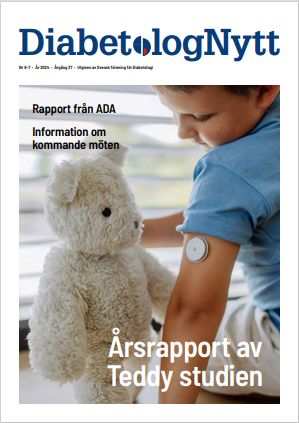Higher patient satisfaction with exam room presentations; many residents have concerns
Teaching and conducting rounds in the presence of patients and their families can be beneficial for patients and learners, according to research published online April 15 in Pediatrics.
Teaching and conducting rounds in the presence of patients and their families can be beneficial for patients and learners, according to research published online April 15 in Pediatrics.
Suresh Nagappan, M.D., M.S.P.H., from the University of North Carolina in Greensboro, and colleagues evaluated the concept of family-centered care (FCC), focusing on teaching in the presence of patients and families.
The researchers found that, compared with conference room presentations, examination room presentations conducted in front of the patient, family, and preceptor, took a similar amount of time and resulted in higher patient satisfaction. Teaching in an FCC environment also allowed preceptors to model and teach different styles of communication. In the in-patient setting, family-centered rounds (FCR) took 20 percent longer, but resulted in less frequent call backs from families or nurses, saving time downstream. Most patients (85 percent) preferred presentations in their rooms, but only 53 percent of students felt that presenting in the presence of the family was more educational. Most learners were significantly more comfortable being asked and asking questions in the conference room and reported a fear of looking foolish in front of a patient. In addition, many students voiced concern that constructive feedback to junior team members could be misconstrued as lack of confidence. The preceptor should set the tone and explain expectations for a safe learning environment.
”FCR in both inpatient and outpatient settings benefits patients and learners,” the authors write. ”It has the potential to assist in creating a supportive environment in which trainees learn by watching and listening to their attending physicians, by making mistakes and correcting them
http://pediatrics.aappublications.org/content/early/2013/04/10/peds.2013-0489.full.pdf+html
From HealthDay News
Nyhetsinfo
www red DiabetologNytt





